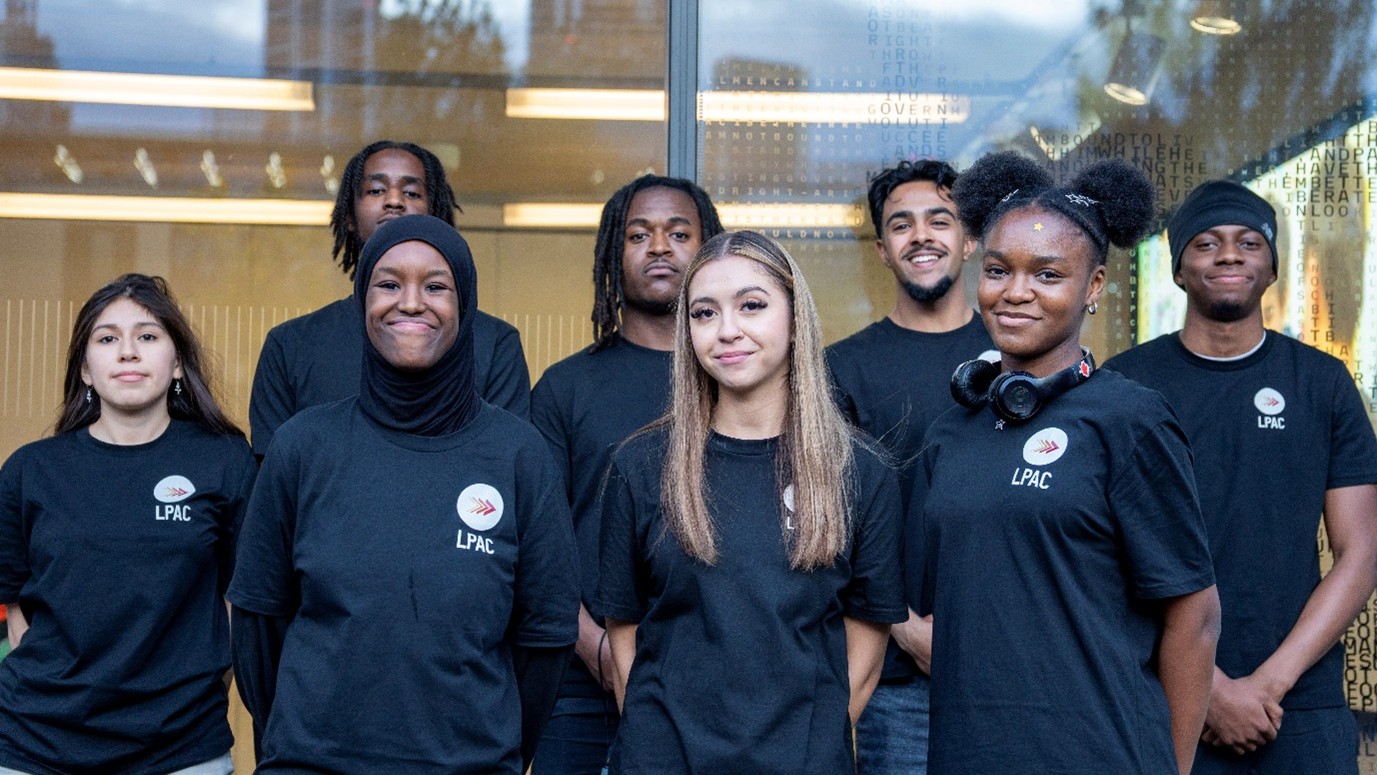Green space may be important in the prevention of crimes
The United Nations (UN) Sustainable Development Goals such as Goal 16, Promote peaceful and inclusive societies for sustainable development, provide access to justice for all and build effective, accountable and inclusive institutions at all levels, highlight the importance of using policy tools, for example urban planning, to prevent crimes. However, existing evidence of the association between green space and crime is mixed. Some studies indicate that the inconsistencies may be due to the variance in types of vegetation and the rates of crime reported across regions and countries.
Therefore, UK Prevention Research Partnership funded consortia, GroundsWell and VISION, worked together to assess the conditional association between green space and crime. Groundswell researchers Dr Ruoyu Wang, Dr Claire L. Cleland, Dr Agustina Martire, Prof Dominic Bryan, and Prof Ruth F. Hunter collaborated with VISION researchers Dr Ruth Weir and Prof Sally McManus to consider the influence of vegetation type such as grassland and woodland, crime type such as violence and theft, and the rates of crime reported in Northern Ireland.
They found that the association between green space and crime varies by vegetation type, crime type and rates of crime. The analyses showed that relatives were:
- More grassland may be associated with lower crime rates, but only in areas with relatively low crime rates.
- More woodland may also be associated with lower crime rates, but only for areas with relatively high crime rates.
- The associations between green space and crime varied by type of crime.
Check out their recent publication, Rethinking the association between green space and crime using spatial quantile regression modelling: Do vegetation type, crime type, and crime rates matter?, where they discuss their findings further as well as the implications for government approaches to consider green space as a potential crime reduction intervention. Policymakers and planners should consider green space as a potential crime reduction intervention, factoring in the heterogeneous effects of vegetation type, crime type and crime rate.
To read the article or download free of charge:
To cite:
Wang, R., Cleland, C. L., Weir, R., McManus, S., Martire, A., Grekousis, G., Bryan, D., & Hunter, F. R. (2024). Rethinking the association between green space and crime using spatial quantile regression modelling: Do vegetation type, crime type, and crime rates matter?. Urban Forestry & Urban Greening.
Illustration / photograph licensed under Adobe Photo Stock




